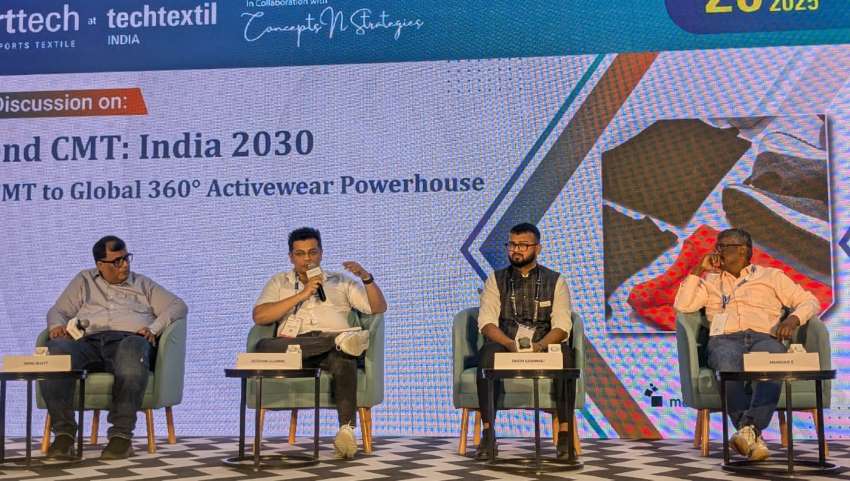
The Indian textile and apparel industry has shown the first clear signs of being impacted by the new US tariffs, as export data for September 2025 revealed a significant decline. The figures, compiled by CITI, indicate that the US administration's decision to impose an additional 25% penalty on Indian goods, bringing the total tariff to 50% for many products, has already begun to affect the industry. The tariffs, which came into effect on August 27, 2025, have raised concerns among exporters about a future of dwindling orders and a potential loss of market share.
Sanjay K. Jain, Chairman of the ICC National Textiles Committee, stated, "Things will worsen as pipeline order book shipments get completed as new orders are not coming. Once a customer moves out, it's not easy to get him back. Once skilled labor moves out, it's not easy to get them back."
Apparel exports take a major hit
Apparel exports, a labor-intensive sector and a key employer in India, saw a particularly sharp drop. According to the CITI data, exports for September 2025 amounted to $1,288.75 million, a decrease of 12.83% compared to $1,478.43 million in September 2024. This decline reflects a grim reality for manufacturers who are already facing stalled orders and requests from US buyers to absorb a portion of the tariff burden, as highlighted by a recent industry survey.
Textile exports also down, industry fears worsening situation
The broader textile sector, excluding jute, carpets, and handicrafts, also experienced a downturn. Exports in this category fell by 9.17%, from $2,135.03 million in September 2024 to $1,939.29 million in September 2025. Industry experts express concern that these figures are just the beginning. As existing orders, secured before the tariffs took full effect, are shipped, the true impact of the trade barrier will be revealed. Many fear that new orders are not forthcoming, a situation that could lead to job losses and a drain of skilled labor, which, once moved, is not easily recovered.
A survey by the Confederation of Indian Textile Industry (CITI) further reveals the "domino effect" of the tariffs. About one-third of textile and apparel exporters have reported a turnover drop of over 50% in their US business. This decline is largely due to requests for discounts from US buyers and order cancellations. As a result, around 85% of firms are experiencing an inventory build-up, while over 80% are dealing with an extended credit cycle of 3 to 6 months, which is putting a "substantial strain on liquidity". The survey also found that two-thirds of exporters have been forced to offer discounts of up to 25% to remain competitive in the US market.
The data for September 2025 is summarized in the table below:
|
Particulars |
Sep 2025 |
Sep 2024 |
Growth (%) |
|
Apparel Exports |
1,288.75 (USD Million) |
1,478.43 (USD Million) |
-12.83% |
|
Textiles Exports |
1,939.29 (USD Million) |
2,135.03 (USD Million) |
-9.17% |
Note: Figures for the textile category exclude Jute, Carpet, and Handicrafts.
Goods exports to US down, overall exports up
While the textile sector reels, overall Indian goods exports to the US also saw a significant drop of nearly 12% to $5.5 billion in September. This is the first full month since the 50% tariffs were imposed by US President Donald Trump. Despite this, India's overall goods exports for September held steady, rising 6.7% to $36.4 billion, with overall exports up 7%. This indicates that sectors like electronics, which saw exports rise over 50%, are helping offset the decline in tariff-hit sectors. However, the trade deficit with the US ballooned to $32.1 billion, a 13-month high.
Bilateral Trade Agreement: A race against time
Meanwhile, diplomatic efforts are in motion to find a long-term solution. An Indian delegation is in Washington this week for trade talks, with the goal of finalizing the first phase of a Bilateral Trade Agreement (BTA). Both nations are aiming for a fall deadline to conclude the deal. The BTA could provide much-needed relief from the high tariffs and help Indian exporters regain their competitive edge. However, with each passing day, the industry faces the risk of losing customers and skilled workforce, making a swift resolution crucial to prevent a more severe crisis.












